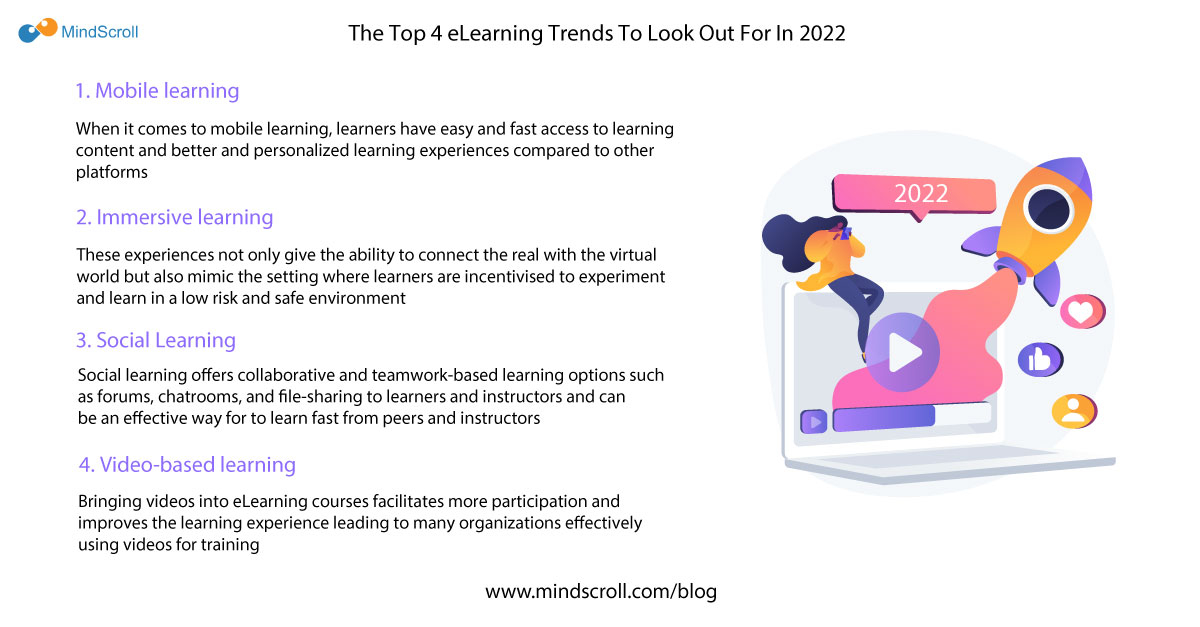The need for a Learning Management System eventually develops as the organizations grow. However, the decision to build one yourself or buy from another service provider puts the organizations in a dilemma. The delay in the decision often results in delayed implementation of their learning strategy and often throws their roadmap for a toss.
Building a custom LMS in-house has its benefits as organizations can get all the features/requirements developed as per their need. However, the risk factor is that over a period of time, there is a chance that management’s preoccupation with core objectives/goals lowers the priority of the LMS development, resulting in delay and issues.
Below are seven arguments that outlines why the ‘’build’’ decision can go wrong vis-à-vis the ‘’buy and use’’ decision.
1. Expertise
One can hire any number of technical developers and build an LMS in-house but that cannot be compared to the knowledge pool and range of expertise that reside in companies who are focused on only building and selling LMS software/platforms. The latter employs in-house experts, who are able to
- consider minute user experience faced in multiple situations
- define the problems from an industry orientation and
- keep the long-term evolution of the product and market in mind.
This enables LMS companies to offer a product that is regularly updated, standardized and made secure using the latest technologies.
2. Cost
Companies, while deciding to develop an LMS, focus their energies more on product development and often do not do a thorough evaluation of its life cycle cost. They may miss out calculating the incremental costs that would entail when, for example, there is a major implementation required to install upgrades to the software. One may have to maintain a dedicated team of experts on-premise to maintain and upgrade the system, which would add to the costs.
Purchasing a third-party LMS (especially Cloud hosted lms with subscription-based licensing) becomes cost-efficient as one needs to pay only for the number of user licenses activated in a particular year. Also, when number of employees increase, one can easily subscribe for more user licenses. Usually with higher volume plans, the per-user license fee decreases thus making it more cost efficient.
3. Time
The time between the decision to adopt an LMS and actual launch of the system can be very long, if one decides to build it in-house. The various steps required, from defining the features, allocating resources, development and testing, to beta launch and UAT may take a few quarters. While that is being done, technology may change and mid-way corrections may add to the time, complexity and costs!
Alternatively, if one chooses to buy a system from a service provider, the time to launch can be substantially reduced to just a few weeks or months – from choosing the right LMS provider, evaluation of the product, agreement on commercials to launching one’s own branded Learning Management System.
4. Technology
Building an LMS does not call for adopting a suitable technology only for the specific organizational requirements, rather one which is compatible with the latest version of browsers, and Operating systems (IE, Chrome, Firefox, Safari, Android, iOS, and so on) in order to work seamlessly and provide uninterrupted user experience. Adopting updated technology as per the market demand might prove to be an asset to current requirements. However, constantly upgrading it and a check on specific changes do call for a well-trained industry expert.
Adopting an established system gives you the freedom to forget about such technical worries and see the system performing in latest versions, compatible with major technological environment changes.
5. Maintenance
Building an LMS may saddle an organization with all the worries about running, sorting, fixing, upgrading, and releasing new versions of the software. In addition, there are other tasks like daily testing, backups, data clean-up operations and updates related to industry growth that will also need to be considered and handled.
Purchasing an LMS, relieve an organization from performing these tasks and lowers its costs as the LMS provider would automatically handle these, as part of the subscription plan.
6. Scalability
Growing organizations need a constantly updated and scalable system.When organizations decide to build an LMS on their own, they need to invest time and money to upgrade their system and purchase more space, simultaneously refurbishing each capability.
Purchasing a cloud-hosted LMS, from a service provider, would mean just a request to upgrade/downgrade (if required) the subscription plan. Any further requirement can be easily served as LMS providers possess ample expertise for customization of any specific need.
7. User experience
When organizations build their LMS, it is fundamentally developed to serve the learner's requirement. However, any change in preferences or wrong engagement technique could force it to revamp the system thereby entailing huge costs.
In a purchase scenario, especially a cloud-hosted LMS with a subscription model, the chances of such a situation is remote as the product is developed as per the industry’s best practices. Even if the system needs to be customized to accommodate further requirements, it can be done with minimum cost.
In Summary, there are considerable benefits for an organization in buying a standardized LMS from a service provider as this enables them to launch their learning strategy in minimum time and cost.
MindScroll is experienced to appreciate the minute needs of the Users and is aware of the future road-map of the product and industry. MindScroll’s online learning platform is being used by one of the most established retail companies to train the sales executives on products FAB (feature/ attribute/ benefits) and customer pitching.
LMS, Learning Management System, Cloud LMS, LMS Evaluation, LMS Implementation, On Premise LMS, Build vs Buy LMS




